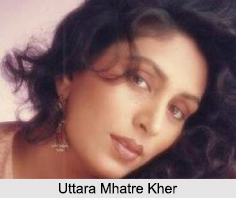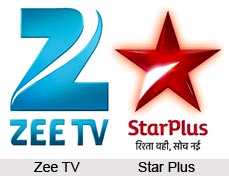 History of community radio in India can be traced back to the period when the country was engulfed in acute poverty particularly in the rural regions and individual organizations were not permitted to establish their own radio stations in India though radio was an effectual medium for voice-based communication. However, the need for community radio increased with every passing day for the purpose of democratization and community development measures. Therefore important companies like Drishti Media and Voices opted for a procedure known as `narrow casting`, aimed to evade the policy rules and regulations. Kutch Mahila Vikas Sangathan in Gujarat and Myrada in Bangalore are the two NGOs which had been employed to train community reporters of rural areas to successfully produce audio programmes in a manner similar to which was followed in radio stations.
History of community radio in India can be traced back to the period when the country was engulfed in acute poverty particularly in the rural regions and individual organizations were not permitted to establish their own radio stations in India though radio was an effectual medium for voice-based communication. However, the need for community radio increased with every passing day for the purpose of democratization and community development measures. Therefore important companies like Drishti Media and Voices opted for a procedure known as `narrow casting`, aimed to evade the policy rules and regulations. Kutch Mahila Vikas Sangathan in Gujarat and Myrada in Bangalore are the two NGOs which had been employed to train community reporters of rural areas to successfully produce audio programmes in a manner similar to which was followed in radio stations.
However, these programs used to be played with the aide of loudspeakers in common community meeting places like Panchayat meetings, temples or even particular `listener groups` of ladies who work together in some self-help groups. The process of audio production was accomplished in a tiny studio wherein famous village personalities and regional politicians were invited for interviews, school children were invited for reciting speeches and renowned poems composed by well-known personalities and local celebrities were called for recording folk songs. In Buddikote village, Bangalore, an innovative concept called `cable casting` was installed which utilized the cable television network for broadcasting voices or `Namma Dhwani`. This was a bold breakthrough in Bangalore against the stringent rules laid down by the Government. Since cable television was run by regional cable operators, Namma Dhwani was able to buy air time cheaply for their individual programs though it could not run its own radio station.
Though the channel lacked any specific video and was equipped with only a blank blue coloured screen, it was immensely popular as television was widely used as a communication medium in those days. Both community experimental establishments in Gujarat and Bangalore were truly successful in strengthening communities and helping them know their own rights and lobbying for their demands from regional authorities. Powerful activists from One World South Asia, Ideosync, Voices, Maraa and Drishti tirelessly persuaded the concerned authorities to implement an alteration in their policies. Though the rules were eased in the later portion of 2006, yet there exist certain complications in the policies.



















